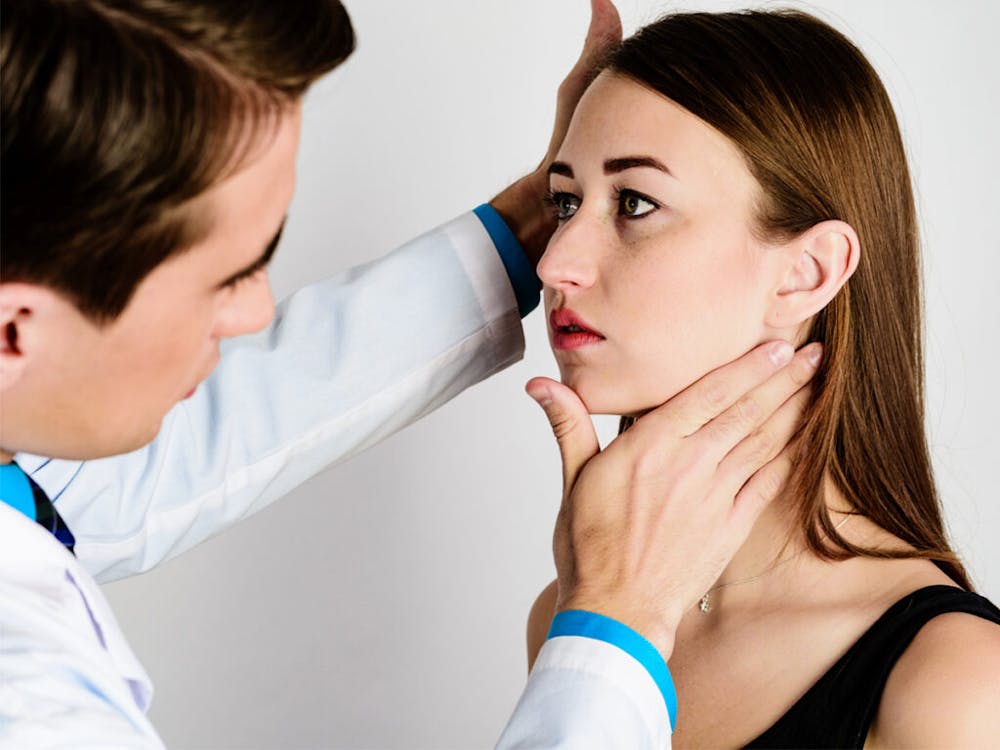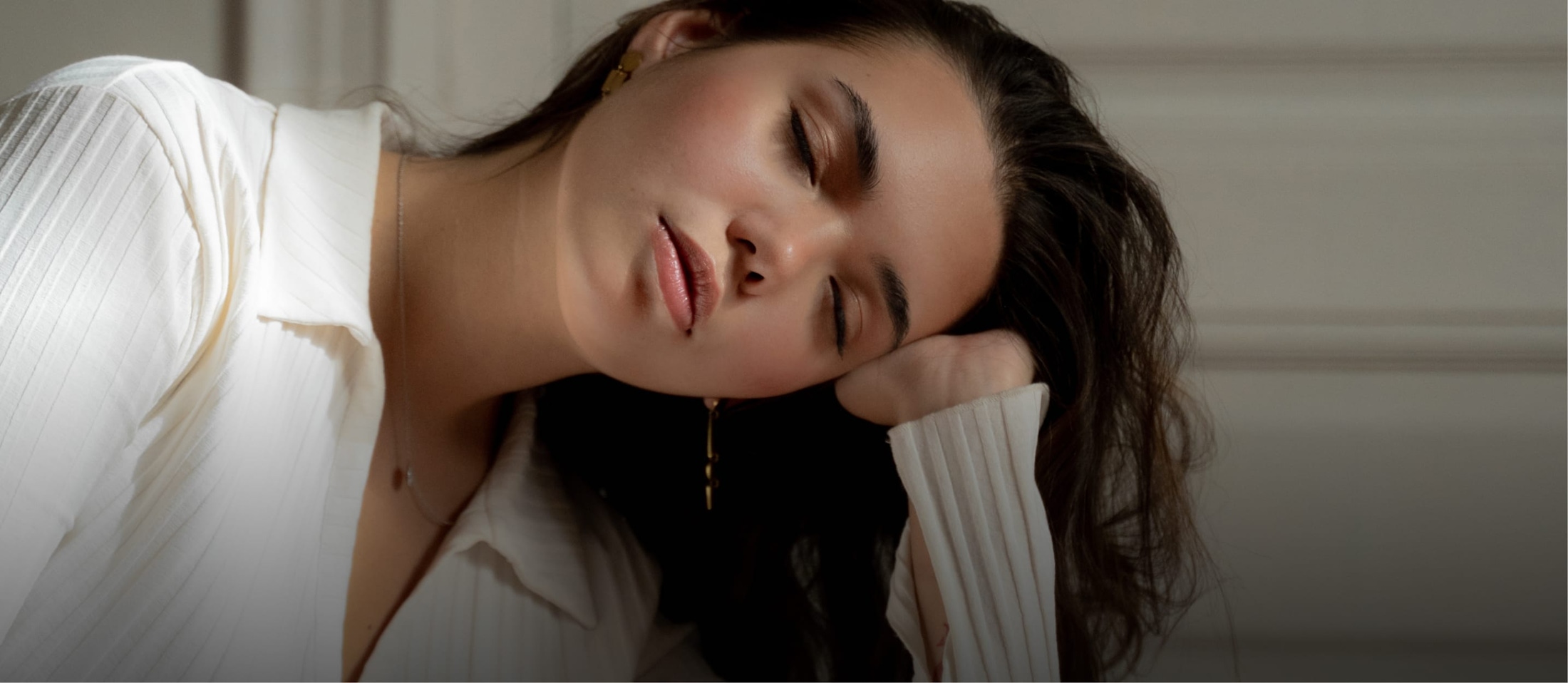When considering rhinoplasty, or a nose job, it’s important to understand the procedural differences between a primary rhinoplasty and a revision rhinoplasty. While costs are a consideration, the focus here is on what sets these two procedures apart in terms of technique, goals, and patient needs
What is a Primary Rhinoplasty?
The initial surgical procedure to alter the nose’s shape, size, or function is called a primary rhinoplasty. This typically involves reshaping the nasal bones and cartilage, adjusting the skin of the nose, and modifying nasal tissues to achieve the desired results.
Primary rhinoplasty is a versatile procedure that caters to the unique needs of each patient. This type of rhinoplasty can be performed for cosmetic purposes and can address various aesthetic concerns, such as a wide nasal bridge or crooked nose, a bulbous nasal tip, or large nostrils. In addition to cosmetic rhinoplasty, it can also address functional issues, such as correcting nasal deformities or obstructions to proper breathing.
The primary rhinoplasty New Jersey procedure has become an increasingly popular cosmetic surgery, as more individuals seek to enhance their facial features and boost their self-confidence. It is essential for those considering a primary rhinoplasty to consult with a board-certified plastic surgeon who specializes in rhinoplasty to ensure the best possible results and minimize potential complications.
What is a Revision Rhinoplasty?
Revision rhinoplasty, a secondary or corrective procedure, is undertaken to address specific challenges that may arise after the initial surgery. This section will delve into the unique techniques and considerations that differentiate revision rhinoplasty from the primary procedure. This procedure can address cosmetic issues, such as asymmetry or dissatisfaction with the previous procedure’s results, or functional issues like breathing problems or nasal collapse.
Patients considering revision rhinoplasty in New Jersey often face unique procedural challenges and concerns, stemming from the alterations in nasal structures after their initial rhinoplasty. Revision surgery is typically more complex than primary rhinoplasty due to the presence of scar tissue, altered nasal structures, and the need for additional surgical techniques, such as cartilage grafts.
It is crucial for individuals considering a revision rhinoplasty to seek a highly experienced and skilled plastic surgeon who specializes in revision rhinoplasty, as these procedures require more technical ability than primary surgery. By choosing a qualified surgeon, patients can increase their chances of achieving their desired results and ultimately improve their appearance, function, and ultimately, their well-being.
Factors to Consider the Cost Difference between Primary and Secondary Rhinoplasty
Several factors contribute to the cost difference between primary and secondary rhinoplasty, including anesthesia fees, surgical facility costs, medical tests, plastic surgeon fees, post-surgery garments, and medication. The procedural approaches and techniques in primary rhinoplasty and revision rhinoplasty differ significantly, each tailored to specific patient needs, affecting the cost.
Anesthesia Fees
Both primary and revision rhinoplasty procedures require anesthesia to ensure patient comfort during surgery. Depending on the type of anesthesia used, the length of the procedure, and the fees of the anesthesiologist, the cost of anesthesia can vary. Revision rhinoplasty may require a longer surgery time due to its complexity, which can increase anesthesia fees.
Surgical Facility
The overall cost can also be impacted by the cost of the surgical facility where the rhinoplasty procedure takes place. Factors that influence facility costs include the location, equipment, and staff. Revision rhinoplasty may require specialized equipment or additional staff, which could result in higher facility costs compared to primary rhinoplasty.
Medical Tests
Before undergoing a rhinoplasty procedure, patients may need to undergo various medical tests to ensure they are in good health and can safely undergo surgery. These might include blood work, imaging studies, and evaluations by other medical professionals, such as a pulmonologist or cardiologist, if necessary.
Plastic Surgeon Fees
A significant factor in determining the overall cost of the rhinoplasty procedure is the fees charged by the plastic surgeon performing the surgery. Surgeon fees can vary based on the surgeon’s experience, skill, and reputation. The complexity of revision rhinoplasty procedures, especially in New Jersey, demands advanced surgical expertise, differentiating it from primary rhinoplasty in both approach and skill required.

Post-Surgery Garments
Following a rhinoplasty procedure, patients may need to wear post-surgery garments, such as a nasal splint or headwrap, to help reduce swelling and support the healing process. Revision rhinoplasty may require different or additional post-surgery garments compared to primary rhinoplasty.
Medication
Patients will likely need to take medications following their rhinoplasty procedure to manage pain, reduce swelling, and prevent infection. The cost of these medications can vary depending on the specific medications prescribed and the duration of use.
Does Insurance Cover Primary and Secondary Rhinoplasty?
Depending on the patient’s specific insurance plan and the surgery’s purpose, insurance coverage for rhinoplasty procedures may vary. In general, insurance companies do not cover cosmetic procedures, including primary rhinoplasty performed solely for aesthetic purposes. However, if the rhinoplasty is deemed medically necessary to correct functional issues, such as nasal obstruction or deformities, insurance may cover some or all of the costs associated with the procedure.
Similarly, revision rhinoplasty New Jersey may be covered by insurance if there is a functional component to the surgery, such as addressing breathing issues or structural problems that have arisen as a result of the initial procedure. Patients need to consult with their insurance company to understand their coverage and any pre-authorization requirements before undergoing a rhinoplasty procedure.
Considerations to Choose the Best Rhinoplasty and Revision Rhinoplasty Surgeon
Selecting the right surgeon for a rhinoplasty or revision rhinoplasty procedure is crucial to ensuring a successful outcome. When considering a surgeon, patients should take the following into account:
- Board Certification: Choose a surgeon who is board-certified in facial plastic surgery or plastic surgery, as this demonstrates their commitment to meeting rigorous standards of education, training, and ongoing professional development in their field.
- Experience and Expertise: Look for a surgeon who has extensive experience and expertise in performing both primary and revision rhinoplasty procedures. This can help ensure that the surgeon is well-versed in the latest techniques and can address any potential complications that may arise.
- Before and After Photos: Reviewing before and after photos of the surgeon’s previous rhinoplasty patients can provide insight into their skill and ability to produce the desired results. This can also help patients set realistic expectations for their own outcomes.
- Patient Testimonials: Reading patient testimonials and reviews can provide valuable insight into the surgeon’s bedside manner, communication skills, and overall patient satisfaction. This can help patients feel more confident in their decision to move forward with a particular surgeon.
- Consultation: A thorough consultation with the surgeon is essential to discuss the patient’s goals, concerns, and expectations. This provides an opportunity for the surgeon to evaluate the patient’s candidacy for the procedure, discuss potential risks and complications, and develop a personalized treatment plan.
Understanding the financial aspect of revision rhinoplasty is crucial. For detailed information on the costs associated with revision rhinoplasty, please refer to our dedicated page on the topic Read more details about Rhinoplasty costhere.
Schedule a Consultation with Plastic Surgery Experts
If you’re considering rhinoplasty or revision rhinoplasty, the experienced surgeons at Glasgold Group can help you achieve your desired results. Schedule a consultation today to learn more about our state-of-the-art nose surgery techniques and how they can help you get the look you’ve always wanted.
FAQ Section
How do I know if I need a revision rhinoplasty?Revision rhinoplasty is considered when the results of the primary surgery are not as expected, whether for aesthetic or functional reasons. This section helps you identify the signs that indicate a need for revision.
What are the risks associated with primary vs. revision rhinoplasty?While both procedures have their unique risks, this section outlines them in detail, helping you make an informed decision.
Can revision rhinoplasty completely correct issues from my first surgery?The success of revision rhinoplasty depends on various factors. We discuss what can realistically be achieved through this corrective procedure.



